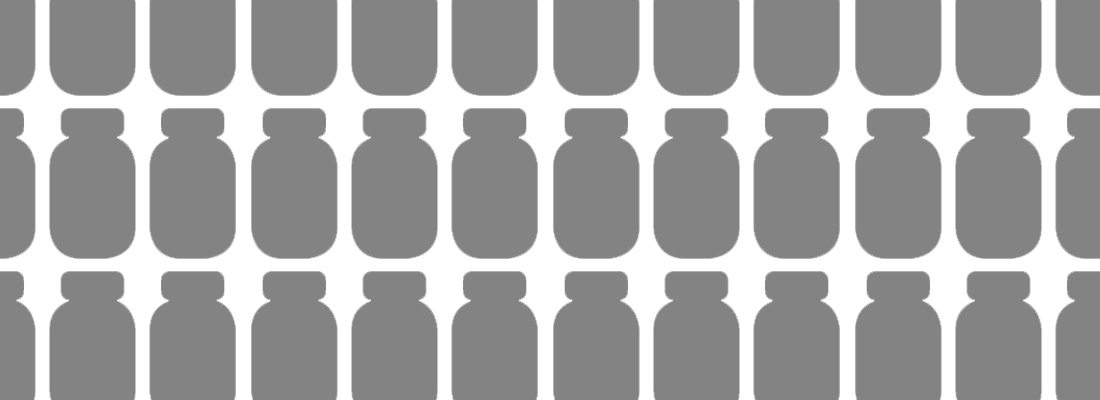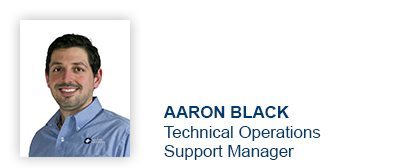How Clean Do Sample Bottles Need to Be?

There are a wide range of opinions regarding how clean an oil analysis sample bottle needs to be. While it is a fact that most oil testing equipment is sensitive enough to detect the difference between using ISO “Clean” (100 particles greater than 10 microns per milliliter), “Superclean” (10 particles), and “Ultraclean” (1 particle) bottles, the only reason to use a more expensive Superclean or Ultraclean bottle would be if the additional particles would change the maintenance recommendations.
Instead of focusing on the tests and ISO charts, efforts should be put towards figuring out the cleanliness target for each piece of equipment. Any level of cleanliness is attainable, but the particle cleanliness level should be balanced with the maintenance cost of sustaining that cleanliness. Keeping the inside of equipment clean is a long-term investment, and it’s up to you to determine where the right place to invest is.
For example, a hydraulic system sitting in a clean room with light use could easily achieve a 16/14/10 ISO cleanliness rating. Investing time and money to test the oil and then filter the sump as needed could yield significant equipment life extension. In this case, an ISO Superclean bottle might be appropriate to use because an additional 100 particles/milliliter using a “Clean” bottle has the potential to trigger an unnecessary service event.
Alternately, it would take a comparable fortune to maintain a 16/14/10 rating if that same hydraulic system was in a room surrounded by rock crushers. It would be a challenge not to contaminate a -Superclean sample jar simply by opening it in that dusty of a room. In this instance, a Clean sample bottle may be a more appropriate choice depending on your needs for equipment uptime, expected lifecycle, and maintenance costs. If samples need to be collected in locations with high environmental contamination, you might consider an alternative solution, such as relocating the sample point outside the dusty environment.
Some oil analysis users even consider using Ultraclean jars on occasion. While these yield some impressively consistent, valuable results, the need for this level of bottle cleanliness is simply beyond even high-performing maintenance programs. Outside of a research application, few would realize a benefit due to the difficulty in preventing particulate contamination when collecting samples. Aside from being exorbitantly expensive, they are frequently made of glass which can be a hazard.
It’s important to collect oil samples in a clean container, but using Superclean and Ultraclean containers may raise expenses without seeing much gain. The average maintenance program will see the most benefit from using ISO Clean jars if they are running particulate and cleanliness testing based on experience, but if you have questions about the containers you are using I’m available at ablack@polarislabs.com to help you find the best solution for your program.

Proven Impact. Proven Uptime. Proven Savings.
Let us prove it to you.




